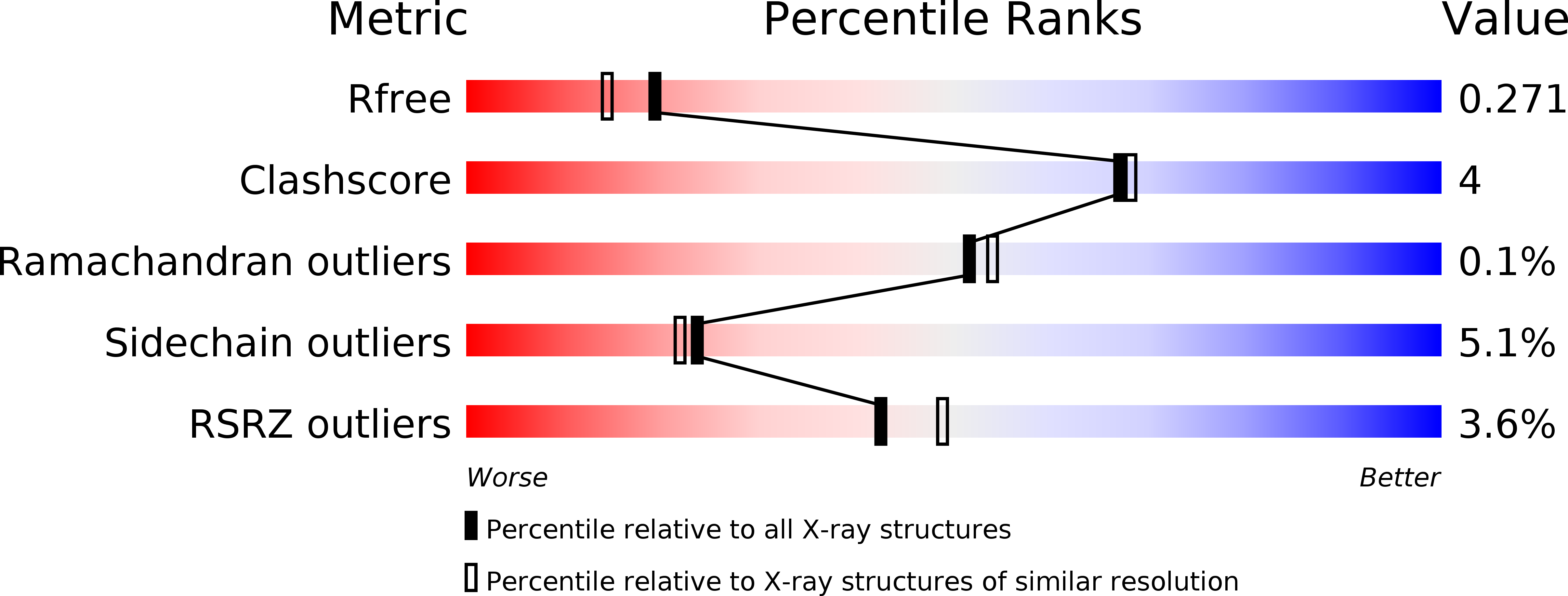
Deposition Date
2017-10-16
Release Date
2018-05-02
Last Version Date
2024-10-30
Entry Detail
PDB ID:
6BB4
Keywords:
Title:
Fab/epitope complex of mouse monoclonal antibody C5.2 targeting a phospho-tau epitope.
Biological Source:
Source Organism:
Homo sapiens (Taxon ID: 9606)
Mus musculus (Taxon ID: 10090)
Mus musculus (Taxon ID: 10090)
Method Details:
Experimental Method:
Resolution:
2.10 Å
R-Value Free:
0.26
R-Value Work:
0.21
Space Group:
C 1 2 1


